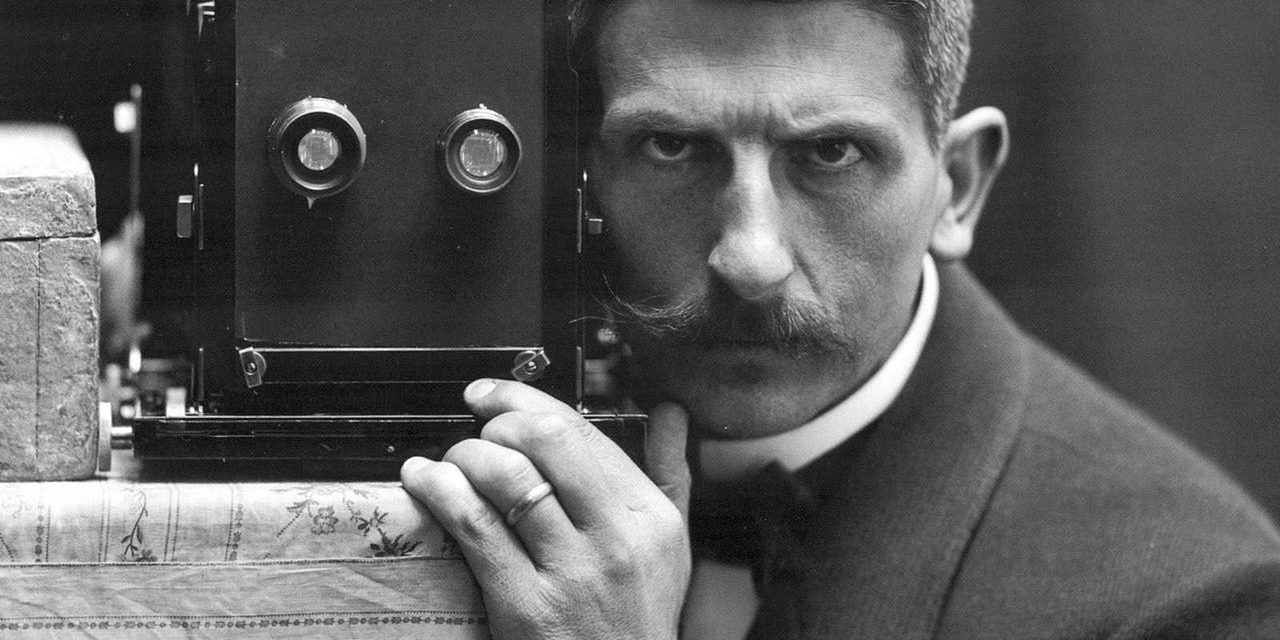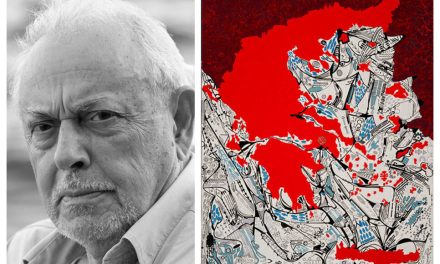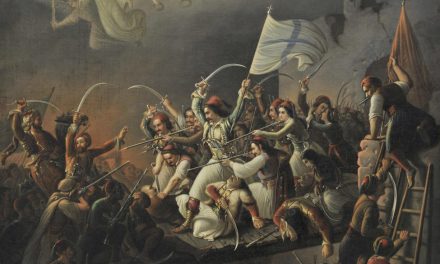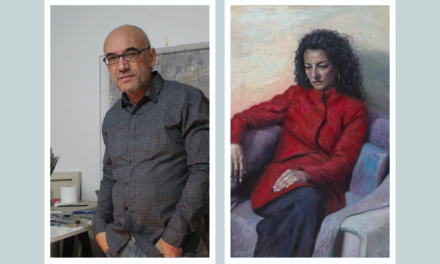Frédéric Boissonas, better known as Fred Boissonnas (1858-1946), was a Swiss photographer who became famous for his highly artistic photographs of Greece, the role he played for the development of photography in the country, as well as his contribution to the way antiquities were photographed in general. The exhibition Fred Boissonnas and the Mediterranean. A Photographic Odyssey in Thessaloniki documents his works, spanning over three decades of photographic journeys in Greece and the Mediterranean.
Early life
Born in Geneva in 1858, François-Frédéric Boissonnas was the eldest son of Henri-Antoine Boissonnas (1833-1889), a pioneer of photography, and one of the founding members of the professional photographic society of Geneva. He had set up a photographic studio which Frédéric would take over, along with his brother Edmond-Victor, in 1887.
Frédéric would soon acquire fame as a photographer; from 1901, he would open up additional studios in other cities, including Paris and St Petersburg. His projects include a lot of travelling and several publications. He became especially known for his panoramic views of Mont Blanc in the Alps, which earned him a distinction at the 1900 Paris Exposition.
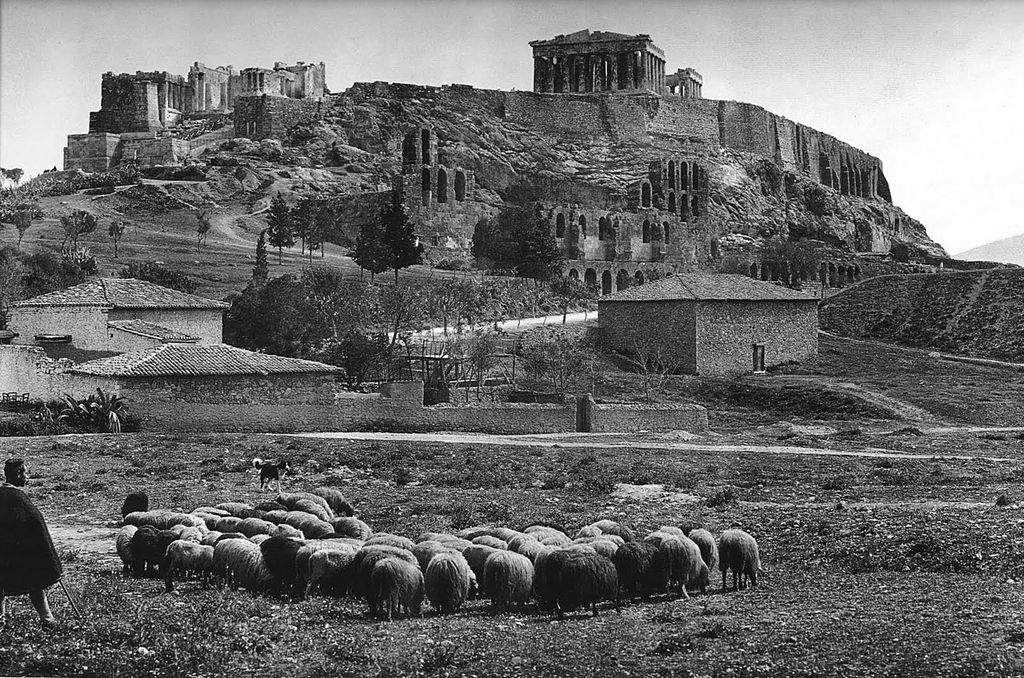 The Acropolis in Athens, 1903
The Acropolis in Athens, 1903
Boissonnas in Greece
Fred Boissonnas visited Greece for the first time 1903, after being commissioned by British Army officer Sir George Thomas Napier to photograph the fabled Mount Parnassus in the same way he had photographed Mont Blanc. In 1907, he went to Athens to photograph the Acropolis and other monuments, commissioned by the Geneva-based publisher Charles Eggimann.
He would return several times until 1933, travelling throughout the country and using his lens to capture impressive landscapes but also candid photos and group portraits representative of everyday life and manual labour in many parts of Greece. He visited the region of Epirus, Mount Olympus (which he climbed), Macedonia (including the Athos peninsula), Thessaly, Central Greece and the Peloponnese and photographed the archaeological sites of Delphi, Olympia, Dodoni, Knossos and Delos, among many others.
In 1910 he published the book En Grèce par monts et par vaux (In Greece: journeys by mountain and valley), together with Swiss writer Daniel Baud-Bovy, who had accompanied him on his 1907 trip. The book was the result of their journey through the Aegean islands of Syros, Tinos, Myconos, Delos, Naxos, Amorgos, Santorini, Sikinos, Sifnos, Paros, Ios and Crete.
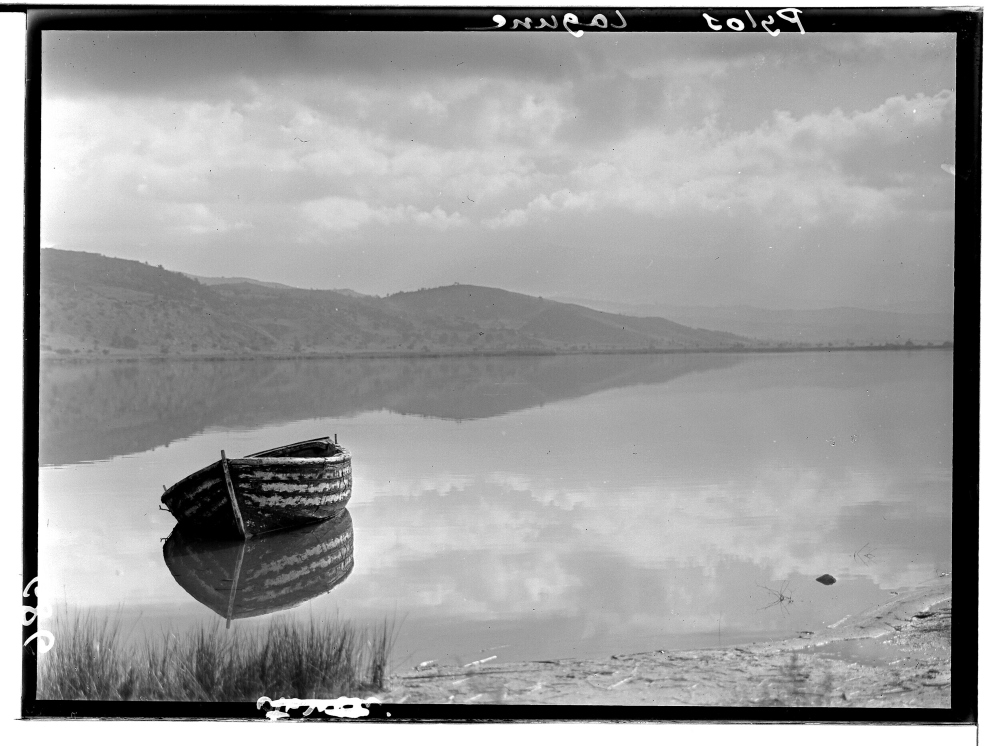 The lagoon of Pylos, 1912 © Bibliothèque de Genève
The lagoon of Pylos, 1912 © Bibliothèque de Genève
Other publications featuring his photographs of Greece include Des Cyclades en Crète au gré du vent (Following the Wind from the Cyclades to Crete) –again with Baud-Bovy– in 1919; the thematic series L’image de la Grèce (The image of Greece) which also featured photographs by his son, Edmond-Edouard, in 1919-1921; Le Tourisme en Grèce (Tourism in Greece) in 1930; and Dans le sillage d’Ulysse. Album odysséen (In the wake of Ulysses. An Odyssean album) in 1933. The latter was a documentation of the effort by diplomat, Hellenist and translator of Homer, Victor Bérard, to recreate Odysseus’ journey.
In the book Tourism in Greece (1930), which comprised not only his photos but also his own texts, Boissonnas would write that “what you will always find everywhere in Greece is hospitality, the touching hospitality of the Homeric times which makes, for example, a poor fishing family give up the only bedroom in their house to strangers who have come from afar and got caught up by nightfall”.
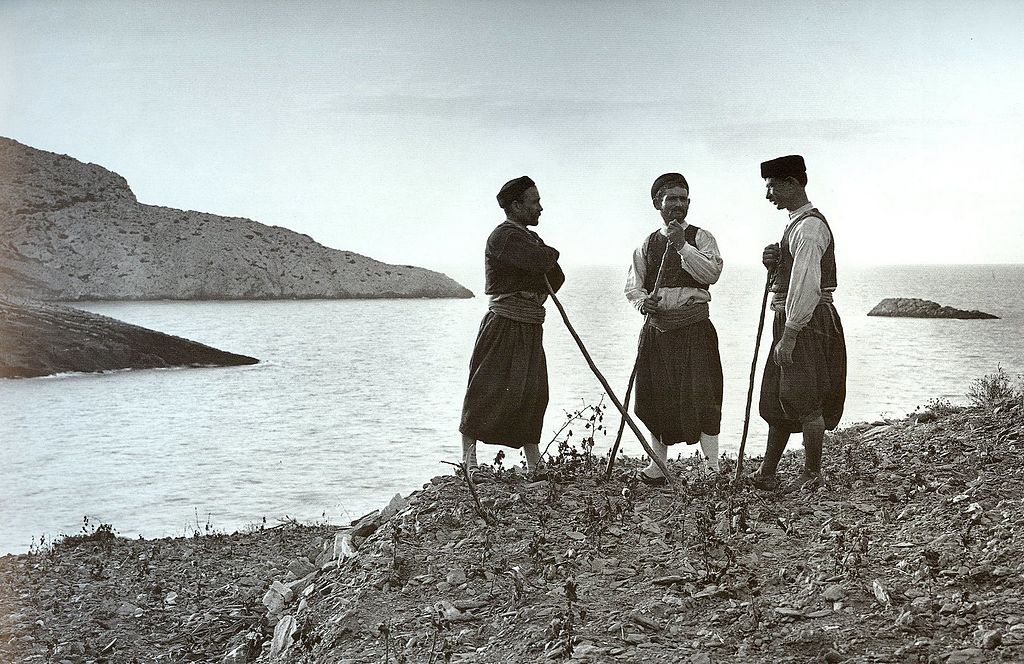 Men in the traditionally called Tomb of Homer on the northern tip of Ios island, Greece, 1918
Men in the traditionally called Tomb of Homer on the northern tip of Ios island, Greece, 1918
Beside their high easthetic value, Boissonnas’s publications greatly contributed to the image of Greece abroad, not only promoting it as a tourist destination, but also illustrating the idea of a Modern Greek identity. His careful compositions combined the ancient ruins echoing a glorious past with the contemporary reality of rustic life.
Not only that, but his photographic projects were also used to promote Greek national causes: in 1913, following the First Balkan War of 1912–1913 and the Treaty of London, the southern part of the region of Macedonia (including the city of Thessaloniki) along with the southern part of the region of Epirus (including the city of Ioannina), until then part of the Ottoman Empire, were incorporated into Greece.
Thereupon, Boissonnas acquired substantial sponsorship by the Greek state to take and promote images of the newly acquired territories. He exposed 550 of his photographs in Paris in February–March 1919 at an exhibition titled Visions of Greece, accompanied by a 260-page illustrated volume. The exhibition was placed under the auspices of Greek prime minister Eleftherios Venizelos and attracted numerous visitors.
For his journeys and photographic project Boissonnas would also visit other Mediterranean countries, most notably Egypt, where he was invited by King Fuad I in 1929 to work on a major book commission, returning in 1933 for a photographic expedition to Sinai.
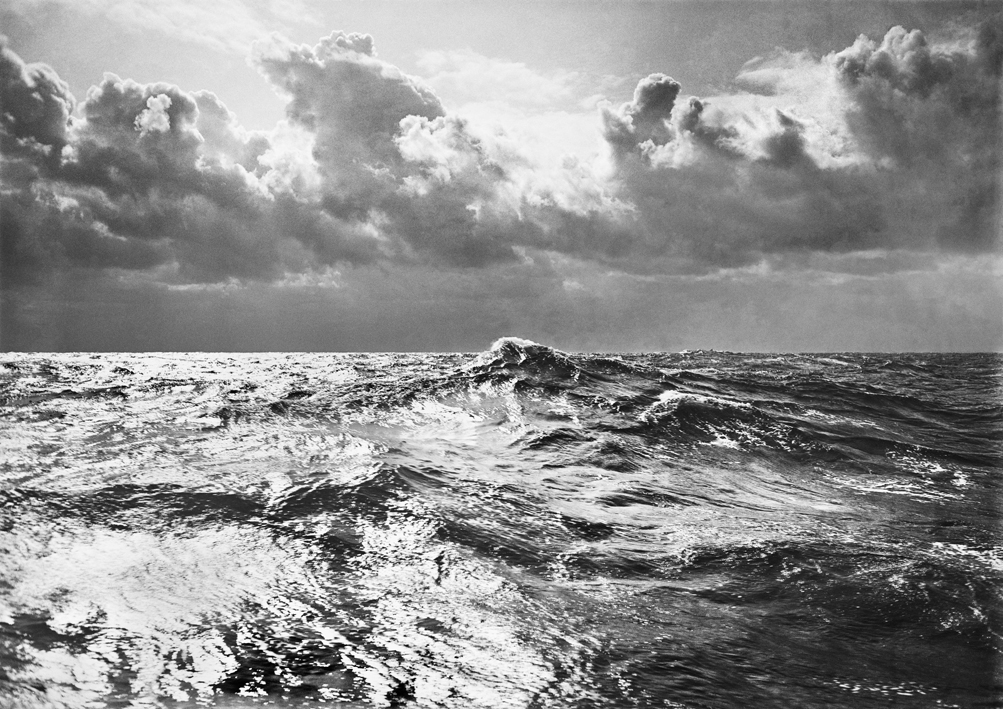 The Strait of Sicily off Tunisia, 1912 © Bibliothèque de Genève
The Strait of Sicily off Tunisia, 1912 © Bibliothèque de Genève
Fred Boissonnas and the Mediterranean. A Photographic Odyssey
Fred Boissonnas’s legacy and his special relationship with Greece and the rest of the Mediterranean is the theme of a large retrospective at MOMus-Thessaloniki Museum of Photography. Fred Boissonnas and the Mediterranean. A Photographic Odyssey features a total of 110 images (photographic prints and multimedia applications), shedding light on the artist’s journeys on the Mediterranean Sea, from northern Greece to the Sinai Desert, comprising scenes from the everyday life, monuments and landscapes.
The exhibition is produced by the MOMus-Thessaloniki Museum of Photography, and co-organised by the Department of Geography and Environment of the University of Geneva, the Bibliothèque de Genève and the Museum of Art and History of the City of Geneva and with the collaboration of the Central Library of the Aristotle University of Thessaloniki (AUTh). Most of the works displayed are drawn from collections owned by the Bibliothèque de Genève and the Museum of Geneva, as well as the Central Library (Trikoglou Library) at AUTh. The exhibition is be accompanied by a publication in Greek; it will run until 8 January 2023.
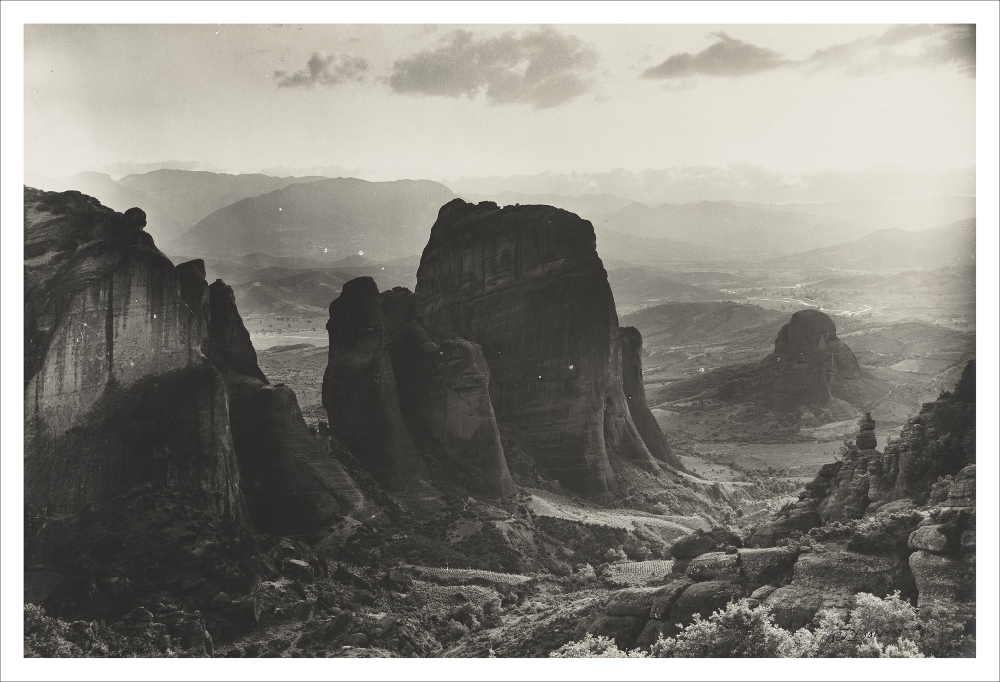 Meteora, Thessaly, 1908 ©Trikoglou Library AUTh
Meteora, Thessaly, 1908 ©Trikoglou Library AUTh
A first version of the exhibition had been presented in Geneva in 2020-2021. The curator of the exhibition, Estelle Sohier, associate professor at the Department of Geography and Environment of the University of Geneva, commenting on the presentation of the exhibition in Thessaloniki, said that its aim is to “broaden the vision of the Swiss photographer’s work”, as it traces his “quest to expand the material and symbolic boundaries of photography. It shows how Greece allowed him to make it an art form in its own right”.
The co-curator of the exhibition and art historian at MOMus, Areti Leopoulou, commented that “Boissonnas’s photographic work was of strategic importance for Greek national aspirations at the beginning of the 20th century and at the same time it stands as an aesthetically comprehensive artistic work of a photographer who was impressively active for half a century. This exhibition, along with its Greek accompanying publication, is a further major step in the documentation of the Boissonnas’ archive of the Greek Ministry of Culture and Sports, whose depository is the MOMus-Thessaloniki Museum of Photography and to the museum’s systematic effort to highlight the multidimensional (political, artistic and historical) dynamics of Boissonnas’s oeuvre”.
Read also via Greek News Agenda: World Photography Day: Greece’s Monuments and Sites through the Lens of Pioneer Greek and Foreign Photographers; Arts in Greece | Idyllic interwar Crete through Thalia Kalligianni’s naïve art and Nelly’s camera; Greek Seas: A photographic journey in time; Photography: W. Mark Wilman on “Discovering the Beauty of the Cyclades”; #My_Greece_Villages: Exploring the Real Greece Through the Eyes of 270 Instagrammers
N.M. (Based on articles that appeared on Griechenland Aktuell and Grèce Hebdo; Intro image: Self portrait of Frédéric Boissonnas, 1900 © Bibliothèque de Genève)

